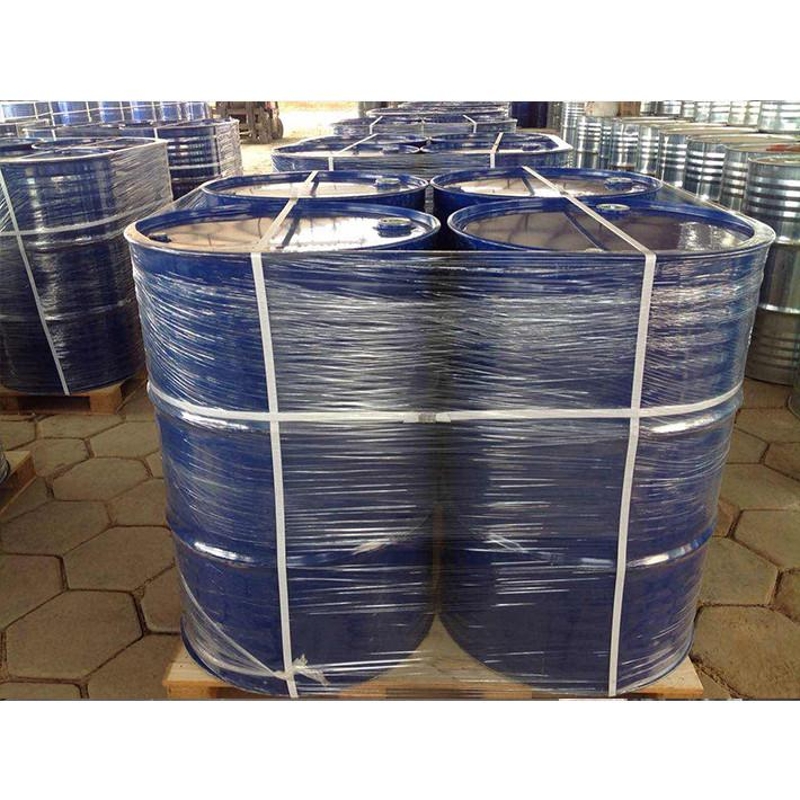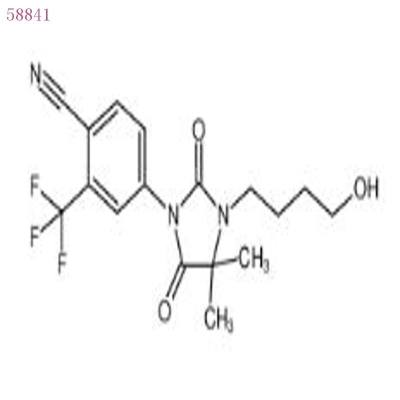-
Categories
-
Pharmaceutical Intermediates
-
Active Pharmaceutical Ingredients
-
Food Additives
- Industrial Coatings
- Agrochemicals
- Dyes and Pigments
- Surfactant
- Flavors and Fragrances
- Chemical Reagents
- Catalyst and Auxiliary
- Natural Products
- Inorganic Chemistry
-
Organic Chemistry
-
Biochemical Engineering
- Analytical Chemistry
-
Cosmetic Ingredient
- Water Treatment Chemical
-
Pharmaceutical Intermediates
Promotion
ECHEMI Mall
Wholesale
Weekly Price
Exhibition
News
-
Trade Service
Recently, the rapid food inspection team of the School of Food Science and Engineering of Northwest A&F University published a research paper entitled "A Conductive Network and Dipole Field for Harnessing Photogenerated Charge Kinetics" in Advanced Materials online
.
The first author of the paper is Liu Zhaoli, a graduate student of the School of Food Science and Engineering, and the corresponding author is Professor Wang Jianlong
This study revealed a new mechanism for photocatalytic degradation of highly toxic Cr(VI)
.
Wang Jianlong’s team learned from the natural world the optimal law of material transport-Murray's Law, and proposed a reasonable design of conductive network structure to achieve rapid charge transfer strategy, which not only greatly improved the photogenerated charge transfer efficiency, but also successfully induced The photogenerated electrons migrate across the interface to MXene nanosheets for photocatalytic degradation of highly toxic Cr(VI)
Related research is funded by the school's agricultural product processing and nutrition and health discipline group
.
Abstract original
A Conductive Network and Dipole Field for Harnessing Photogenerated Charge Kinetics
Zhaoli Liu,Cui Zhang,Lizhi Liu,Tianshu Zhang,Jing Wang,Rong Wang,Ting Du,Chengyuan Yang,Liang Zhang,Linxuan Xie,Wenxin Zhu,Tianli Yue,Jianlong WangAbstract
Photogenerated charge separation and directional transfer to active sites are pivotal steps in photocatalysis, which limit the efficiency of redox reactions.
Here, a conductive network and dipole field are employed to harness photogenerated charge kinetics by using a Ti 3 C 2 /TiO 2 network (TTN).
The TTN exhibits a prolonged charge-carrier lifetime (1.







